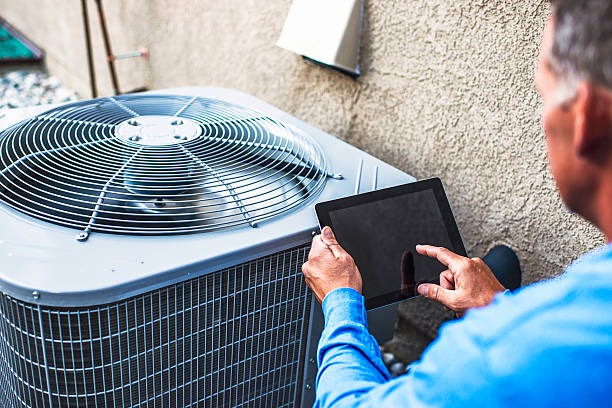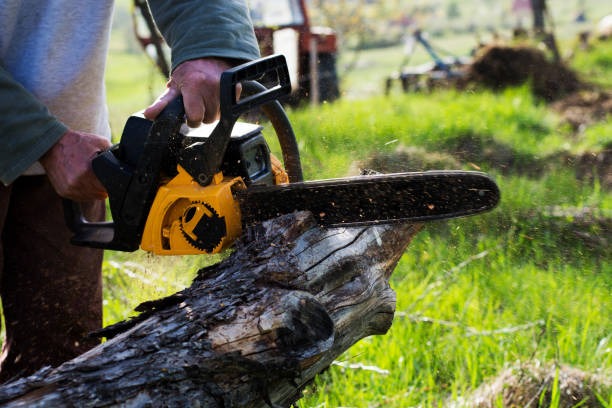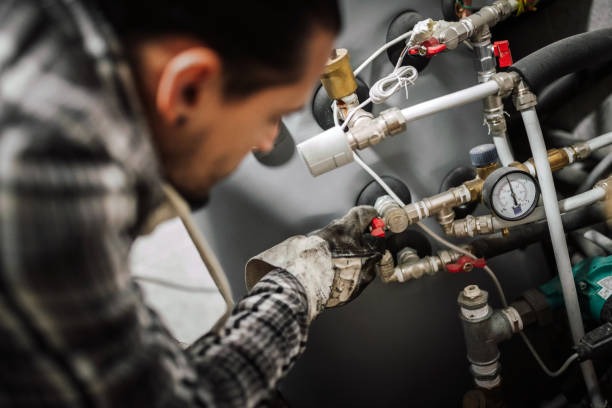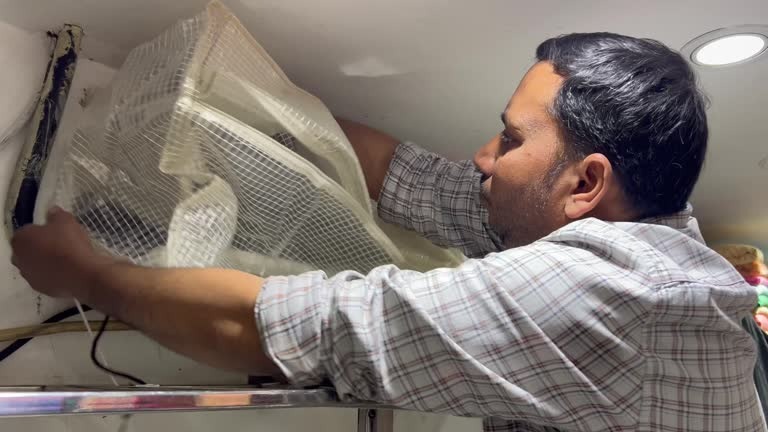Water damage is a common problem that homeowners face and can lead to significant financial loss if not addressed promptly. Proper preparation for water damage remediation is essential for every homeowner, as it helps mitigate the impact of such an unfortunate eventuality.
The first step in preparing for water damage remediation involves understanding your home’s vulnerability to water damage. This includes identifying areas prone to flooding or leaks, such as basements, roofs, windows, and plumbing systems. Regular inspection of these areas can help detect potential problems early on and prevent extensive water damage.
Next, ensure you have adequate insurance coverage for water-related damages. Standard homeowner’s insurance policies often do not cover flood damage. Therefore, consider purchasing additional flood insurance especially if you live in a high-risk area. Understanding the specifics of your policy will help you know what is covered and what isn’t before disaster strikes.
Another important aspect of getting ready for water damage remediation is creating an inventory of your possessions. Documenting valuable items through photographs or videos can provide proof of their pre-damage condition in case they are affected by water damage. This record will be invaluable when filing insurance claims.
Equipping yourself with basic knowledge learn all about it water extraction and drying techniques can also be beneficial when dealing with minor incidents that don’t require professional intervention immediately. However, remember that improper handling could exacerbate the situation; therefore always seek professional help when unsure.
Having emergency contact numbers at hand is another critical preparatory measure. These should include numbers for local plumbers, electricians, and reputable water restoration companies who offer 24/7 services.
Additionally, investing in preventive measures like sump pumps or French drains can minimize the risk of serious flooding particularly in basements which are more vulnerable to this type of disaster.
In case a major incident occurs despite all precautions taken beforehand – stay calm! It’s crucial not to panic but act swiftly instead: shut off electricity supply if safe so as avoid electrocution hazards, contact professionals for water extraction and drying services, notify your insurance company about the incident as soon as possible.
Lastly, remember that remediation involves not only removing water but also addressing any resultant mold growth. Mold can pose serious health risks and should be handled by professionals to ensure complete removal without spreading spores throughout your home.
In conclusion, getting ready for water damage remediation is a multi-faceted process involving understanding risk areas in your home, ensuring adequate insurance coverage, maintaining an inventory of valuable possessions and knowing how to respond swiftly when disaster strikes. By taking these steps ahead of time, homeowners can significantly reduce the stress and financial burden associated with water damage incidents.








